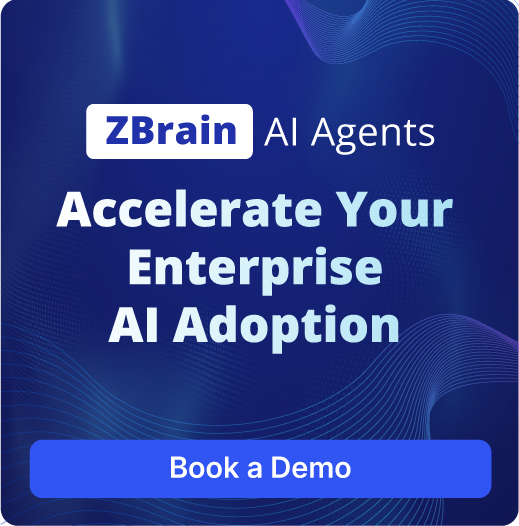
Requisition Validation and PO Generation Agent
Automates requisition validation and PO generation with budget checks, approval logic, and ERP-ready outputs, seamless procurement intelligence.

Catalog Compliance Cognitive Agent
Automates the process of evaluating and ensuring that new supplier catalogs align with procurement policies

Master Catalog Integration Agent
Ensures smooth integration by mapping product data to the catalog, flagging of missing or inconsistent fields for manual review.

Catalog Content Generation Agent
Automates the creation of standardized, accurate, and brand-aligned product descriptions and pricing formats across large catalogs.

Requisition Validation and PO Generation Agent
Automates requisition validation and PO generation with budget checks, approval logic, and ERP-ready outputs, seamless procurement intelligence.

Catalog Compliance Cognitive Agent
Automates the process of evaluating and ensuring that new supplier catalogs align with procurement policies

Master Catalog Integration Agent
Ensures smooth integration by mapping product data to the catalog, flagging of missing or inconsistent fields for manual review.

Catalog Content Generation Agent
Automates the creation of standardized, accurate, and brand-aligned product descriptions and pricing formats across large catalogs.
Streamline the Procure-to-Pay Cycle with ZBrain AI Agents
ZBrain AI Agents for Procure to Pay (P2P) transform procurement operations by automating critical tasks across the entire P2P cycle. These intelligent agents streamline key processes such as purchase order creation, supplier onboarding, invoice reconciliation, and payment processing. By implementing ZBrain AI agents, organizations can significantly boost P2P efficiency, reducing manual effort and operational errors while enabling procurement teams to focus on strategic decision-making and supplier relationship management. The flexibility of ZBrain AI agents for procure to pay ensures seamless integration with existing procurement systems, enhancing accuracy in supplier management and reducing the time spent on repetitive administrative tasks. These AI agents automatically match invoices with purchase orders and receipts, ensuring swift and accurate invoice processing while minimizing cycle times. Their role in P2P enablement helps streamline procurement workflows, enforce policy compliance, and accelerate the procure-to-pay cycle from requisition to payment. With these advancements, procurement teams can improve compliance, reduce bottlenecks, and drive greater productivity across the entire procure-to-pay process.

